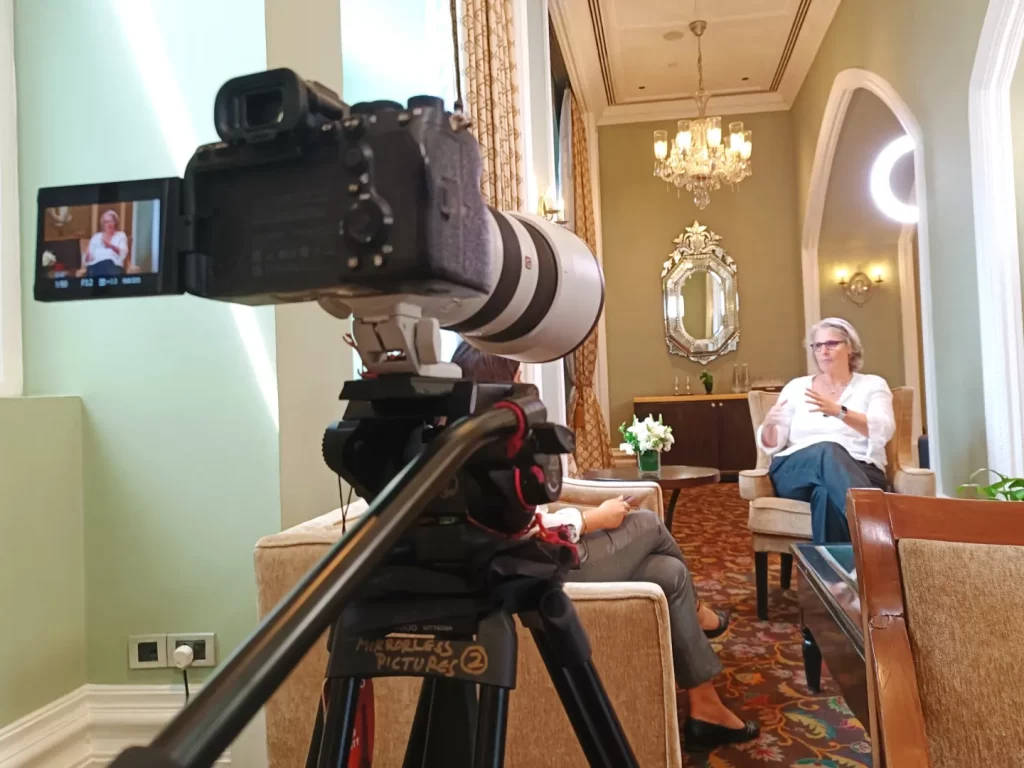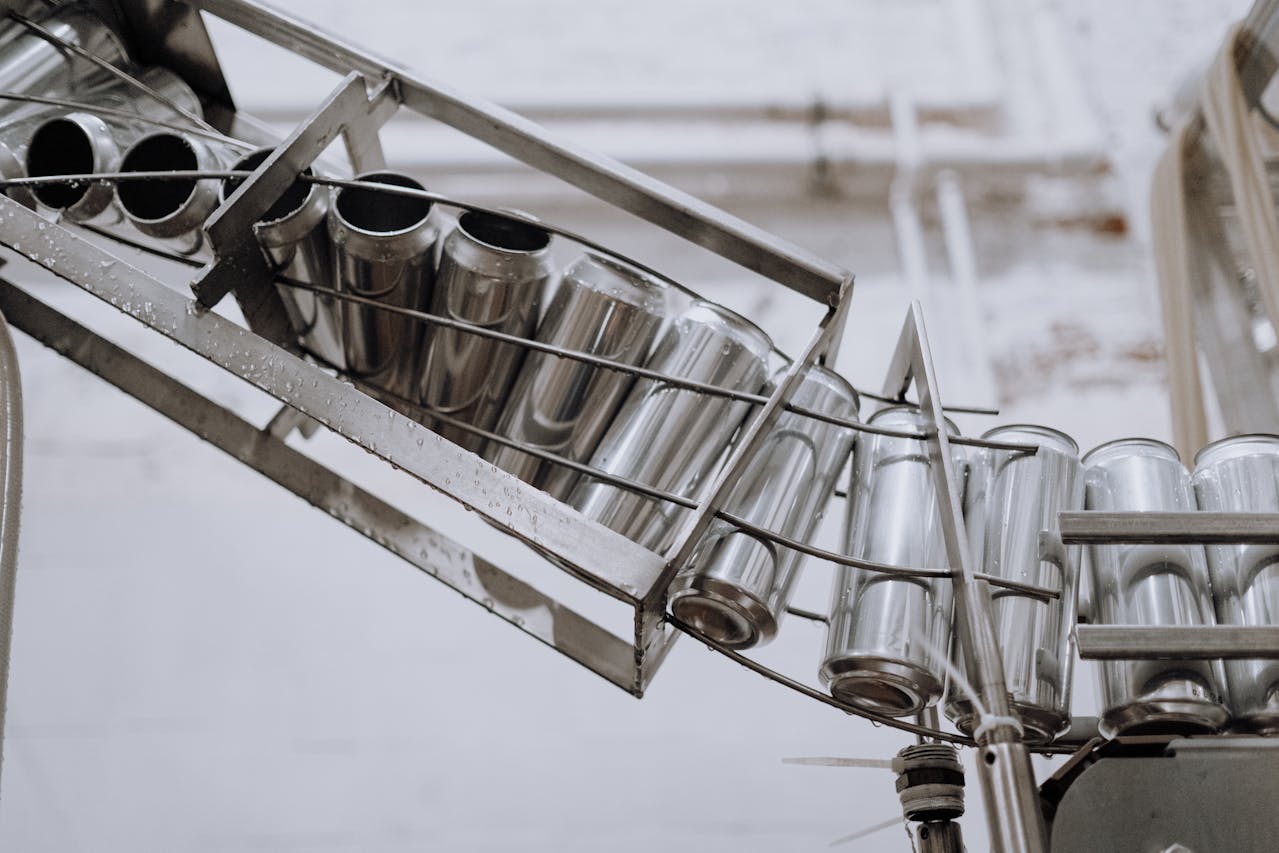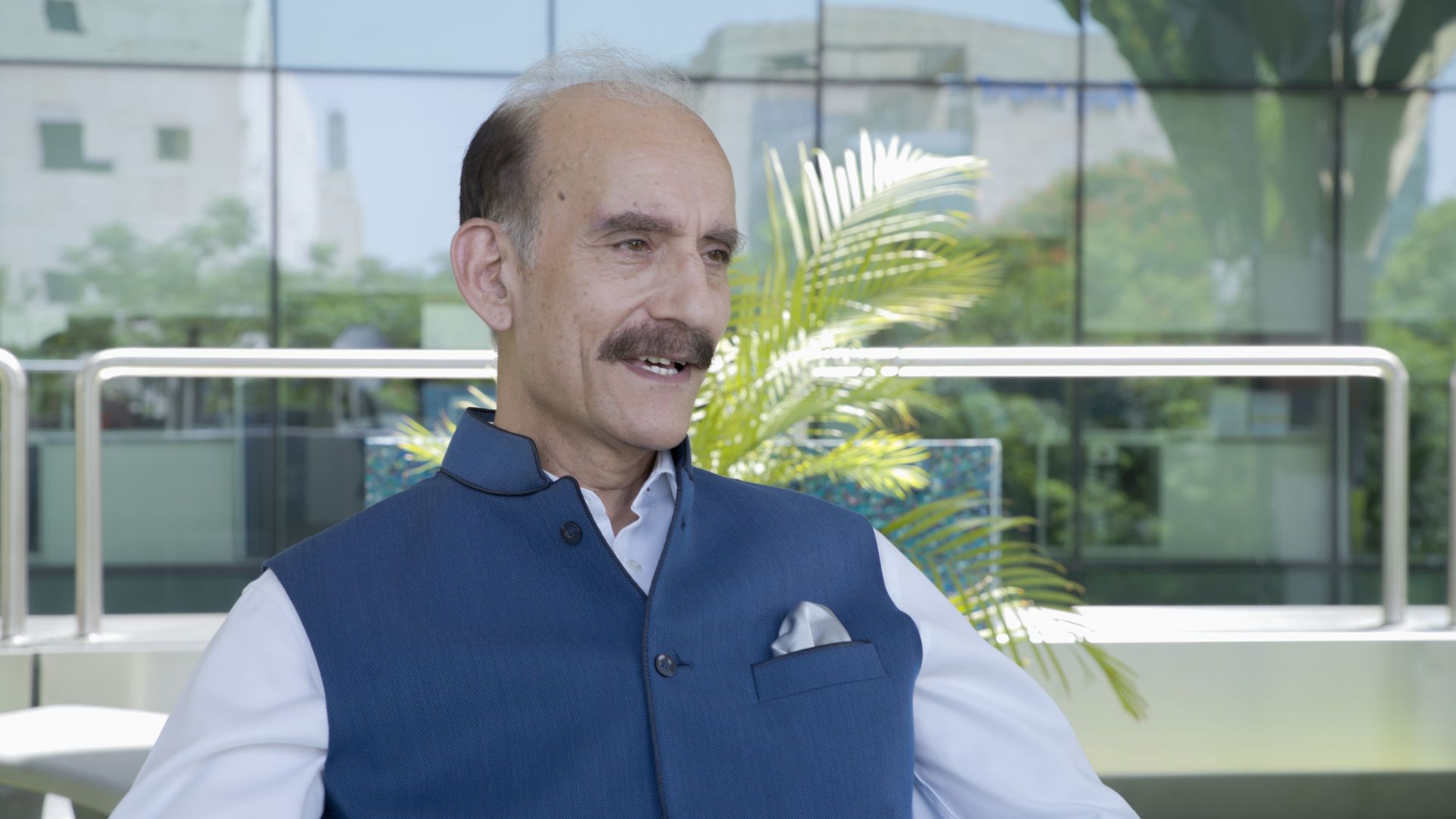Dr Nicole Kinsman
April 24, 2024
We attended the International Summit on Corrosion Technology & Management (CORTEM) 2024 held in Mumbai. The summit emphasised the importance of corrosion prevention and control for sustainable development. At the summit, we had the opportunity to interview the Technical Director of the International Molybdenum Association (IMOA), Dr Nicole Kinsman. Having earned a PhD in the subject of stainless steel, Nicole believes that this material has the potential to virtually last forever. Let’s hear from her about corrosion, the molybdenum industry, and the wonder metal, stainless steel, in an exclusive conversation with Supriya Sundriyal from the Corporate Communications team.
Please tell us about yourself.

I went to school in Switzerland. Originally, I was thinking of studying business but somehow, I think through my father’s influence, I was interested in also looking at engineering and I studied mechanical engineering first. Over time, I really liked it. In one of the classes I had there, I was involved in stainless steel in material science, and I did both my diploma thesis and previous thesis on stainless steel. So I really enjoyed that. And my professor there at the university encouraged me to do a PhD on this subject. And so that’s how I got into materials, basically at ETH (Swiss Federal Institute of Technology) in Zurich. A lot of people do their PhD on one topic, and then they go somewhere else with their continuing work, but I could continue on stainless steel, learning more about the practical side, applications of stainless steel, and market development of stainless steel at that company in Pittsburgh. Eventually, we did some work at TMR for the International Molybdenum Association (IMOA). We did work on duplex stainless steel on a brochure about the fabrication of duplex stainless steel, and I was involved in giving workshops all over the world on duplex stainless steel fabrication. And eventually, IMOA, my association, wanted to expand their work on market development, and they were looking for a technical director, and as I already kind of worked as a consultant with them, that worked out really well, and I started over 20 years ago to work for IMOA. I’ve been their technical director since 2002.
How do you think the raw materials industry has evolved over the years?
I think the biggest evolution certainly was in China. When I first started, China was a producer of molybdenum but didn’t use much molybdenum domestically. So that is a big change. First of all, it has grown as a producer tremendously, but also as a user of molybdenum. There was a lot of work done by our association on molybdenum health and safety and on characterisation. There was very little data 20 years ago about its effect on the environment and health. So, as an association, we did a lot of work for our members to characterise, and we learned a lot about molybdenum and steels and their effects, particularly in alloy steels, that were not so well known. So there’s quite a lot that has been going on over the last 20 years. Now the importance of taking care of the environment and reducing our greenhouse gases is very important to our members, and we’re focusing on that.
What according to you are the emerging trends in the molybdenum market and the stainless steel industry?

What I think as a trend for uses of molybdenum where we see a lot is in molybdenum disulfide. It’s a 2D material, and it has a lot of applications that are being researched. So not many are industrialised yet, but they’re kind of working towards that. On the stainless steel side, though, I think the world is becoming more aware of sustainability. Not doing things repeatedly but doing them once and doing them well. Many older industries or older societies are growing older, and there are fewer people that can do maintenance work. So there is more consciousness of how can we make things that don’t require as much maintenance. So I see a lot of growth potential for molybdenum and molybdenum-containing stainless steels, in those kinds of applications – infrastructure, bridges…these could potentially become really big uses of stainless steel.
What are your views on stainless steel being a green material?
I think it’s extremely green because you install it once, and it lasts virtually forever. You know, we only have around 100 years of experience with it. If you use it in the right environment, there is no reason why it should deteriorate in any way. So it could last 1,000 years or 10,000 years. I think it’s going to last forever because it lasts so long. It’s so sanitary and hence it is really a great material for the green economy.
In your recent newsletter, you mentioned stainless steel entering the chimney market. Can you brief us about that?
Yeah, that was an interesting case because they use 2507 super duplex stainless steel. They compare that to the traditional weathering steel that was originally used and they also looked at the potential of building it in concrete, and what was surprising to me is that when they priced out the different versions, 2507, that is certain to last a very long time, (it) was the cheapest option actually. In this case, the weathering steel has to be encased in insulation, which itself has to be held in place with some steel sheeting. And to make all this happen so that they actually last is very costly. So comparing it to the super duplex, I was really surprised with the outcome because super duplex is known to be costly. So I didn’t think it would be cheaper but that was the case.
What are your thoughts about leading an organisation in a male-dominated industry?
I think I’m just being myself. I find, though, that there are regional differences I would say in this kind of male domination. Like at IMOA itself, the whole group is female that’s working directly for IMOA and even in our meetings with our members, we have a lot of female participants. So within IMOA, there is not that kind of male dominance. We don’t worry about male-female. It doesn’t happen to me that there is any kind of discrimination or different treatment.
What message would you like to give to future material scientists?
Well, I mean, if you chose material science, you chose a fantastic area of study. So many new developments depend on better materials. And I think more people should get involved in materials because in all the other engineering fields, they can’t do anything to improve without also improving materials. So, hey! You chose a great field to be active in.






